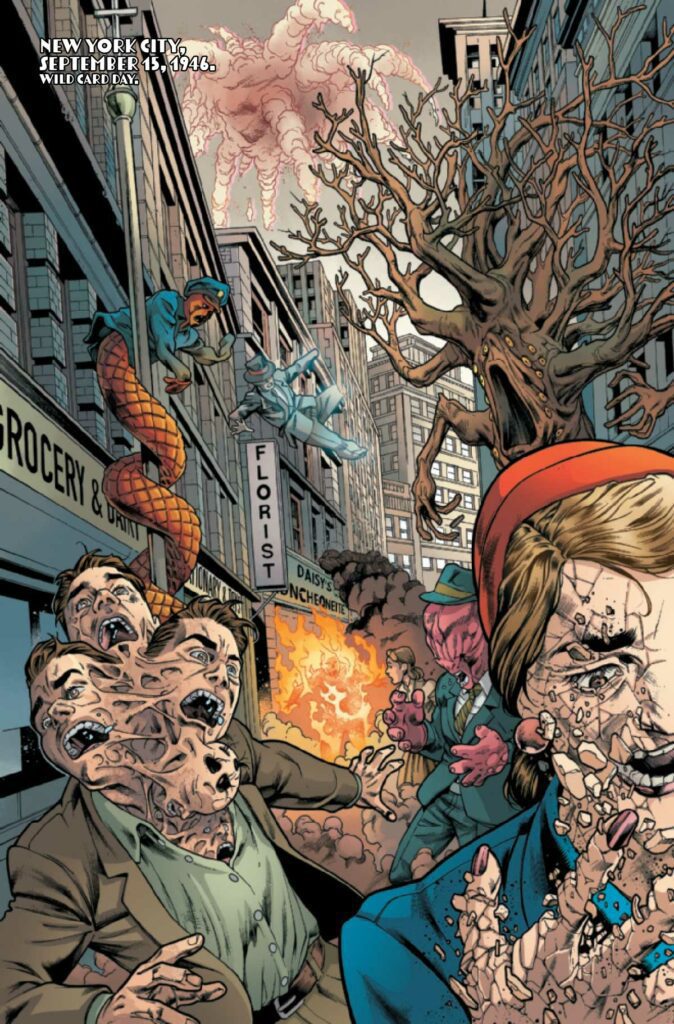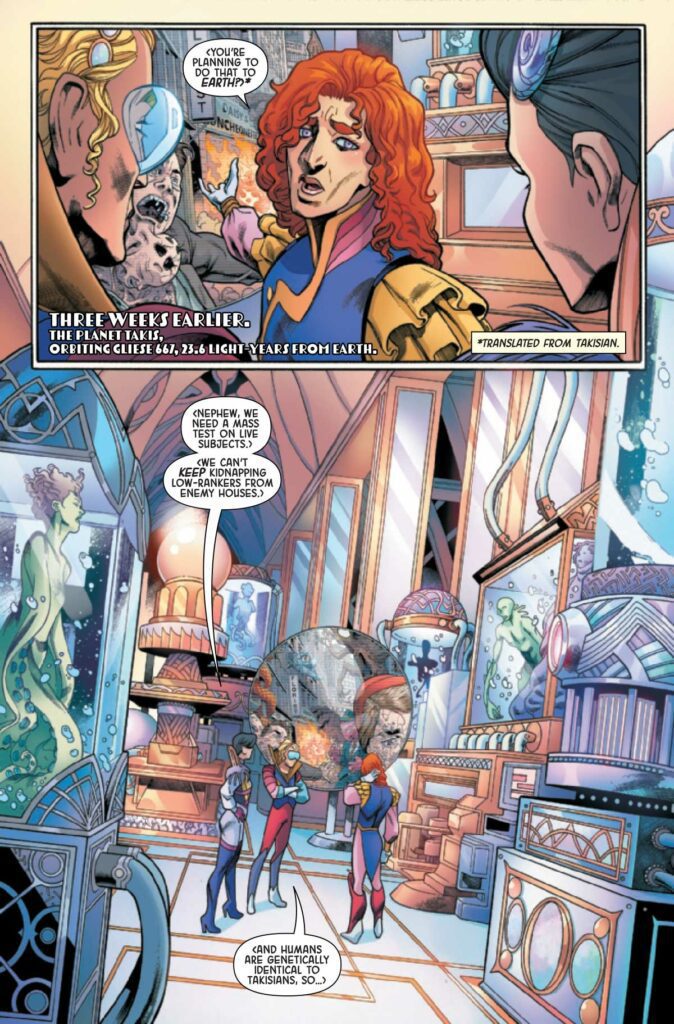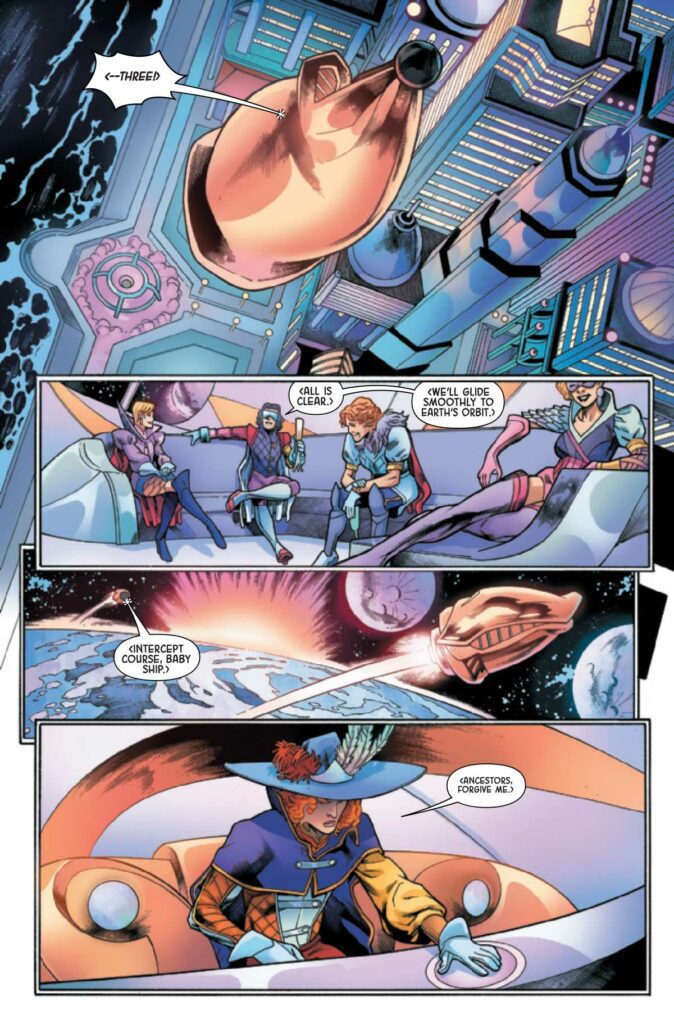In the 1980s, George R.R. Martin, Melinda M Snodgrass, and a collection of others, indulged themselves in a two year campaign of the role playing game Superworld. This gave birth to the Wild Cards series of books: anthologies of stories set within a shared universe and written by some of the best science fiction writers.
The premise is simple: an alien virus is released into the public and affects different people in different ways, rewriting their DNA. This leads to Jokers (survivors with crippling disfigurements), Deuces (people with mild, almost ineffectual abilities), and Aces (those with superhuman abilities), but 90% of those infected die. The series of books is set in an alternate timeline which diverges from our own history in the 1940s.
The book series is extremely popular, numbering 29 published works as of July 2022, and a collection of short stories published on various online sites. The concept has been optioned for movies and television series, although none have so far reached production, and there have already been two comic mini-series in 1990 and 2008.
With such a wealth of talent, engaging narratives, and an ever expanding universe, it is not surprising that Marvel would snap up the rights and get in on the action. And by bringing in seasoned writer Paul Cornell to adapt stories from the first novel, the new Wild Cards: Drawing of the Cards comic is more of a loving homage to the series than a quick cash grab by the publisher.

Stories Old…
If you’ve read any of the Wild Card books, the basic story premise will be known to you, and more than likely you will have read the first book from which much of this new comic is sourced. For those who are brand new to the franchise, welcome aboard and you will not be disappointed.
On the planet Takis, one of the warring houses turns their attention towards Earth in order to test their new biological weapon. Humans are genetically identical to the Takisians so make the perfect test subjects, and there are so many unknowing test subjects running around. Not everyone within the family agree with the mass slaughter for research purposes but ‘Doctor Tachyon’ (as he becomes known) is a lone voice amongst his peers so the Wild Card virus is sent on its way.
Meanwhile, on Earth, Robert Tomlin has returned from the war a fly-boy hero with a nickname to match: Jet Boy. But his life is no bed of roses and life back home has moved on without him. As he is attempting to adjust to one change in circumstances, another is hurtling towards the Earth on a crash course with history.
The opening issue of Wild Cards is pure superhero origin indulgence. The script by Cornell is witty, knowingly pompous which reflects the arrogance of the alien Takisians, and occasionally moving. The contrast between the dandy aliens and the world weary humans is reflected both in the artwork and the tone set by Cornell’s script. Cornell is the perfect writer for this series, not only because he has written for the Wild Card series of books, but he also has an understanding of the modern comic industry. He has, in his time, managed to play around with some of the industries biggest superheroes, writing Wolverine and Action Comics, and each time he has challenged the normal superhero constraints, stretching the boundaries of the narratives in ways that readers don’t always suspect. This is at the heart of Wild Cards and this first issue is already beginning to demonstrate that not all superhero stories have to be the same.

…Artwork New
Although much of the narrative isn’t new, adapted as it is from the first Wild Cards book, the artwork is bright and fresh. Pencilled by Mike Hawthorne and inked by Adriano Di Benedetto, the characters are rendered with fine, deliberate lines. Each facial expression or stance is carefully etched into the panels to create clean and crisp images. This is especially true of the Takisians where the gleaming and opulent backgrounds take the reader back to the science fiction settings of the 1980s. The design work on the Takisians is a superb demonstration of the creators understanding of sci-fi history and modern comics. It melds the futuristic look of television shows like Star Trek with the extravagance allowed by comic book artwork, especially that favoured in superhero titles. Think the bridge of the Enterprise mixed with Superman’s Fortress of solitude and you have a good idea of the aesthetic the artists are going for.
This opulence is contrasted brilliantly with 1940s America. The most notable difference is the coloring, provided by Ruth Redmond, who switches from the cool blues and golds of the alien world to grimy browns and subdued lighting on the streets of New York. Redmond’s work is instrumental in creating the contrast inherent in Cornell’s script. The changing color palettes is an instant visual that readers can latch onto. As you turn the page, the tone of the narrative is instantly changed even before you begin to read.
The final piece of the majestic puzzle is provided by Cory Petit. On the surface, the lettering is standard mainstream comic fare. The word balloons are placed for ease of reading and for creating a narrative flow through the panels and pages. However, it is the subtlety within the lettering that makes it a great accompaniment to the rest of the artwork. Slight changes in font size emphasize a character muttering under their breath and a break in dialogue using conjoined word balloons creates a perfectly timed punchline. One of the best examples is when Jet Boy visits his girlfriend to find out their relationship no-longer exists. The moment is a bit of a cliché, but when Cory Petit squeezes the words “I’m Sorry” into a word balloon attached to the main speech, they create a tension, as if the sentiment is an afterthought, a phrase that needs to be spoken but doesn’t have the full weight of feeling behind it. A different layout of word balloons, for example two separate speeches, would create a different meaning and tone.

Ace or Joker?
Wild Cards is an excellent adaptation of the book. It captures the character and tone of the original stories while translating the text for a mainstream comic reader. If this had been produced for an independent publisher, the styling may have been different, but with Paul Cornell’s guidance and a team of superb creators, Wild Cards has the surface impression of being a Marvel comic without succumbing to being part of the Marvel Universe.
It is a little disappointing that there are no new stories within these pages, even a short text piece in the back pages would have been a welcome accompaniment. But this is a minor quibble with an otherwise excellent first issue. Readers new to Wild Cards will get the most out of the narrative, and older fans of the series can relish the visualization of a story that is now 35 years old. The design work and scripting are the highlights of this comic but everything works together to produce a comic worth picking up. And, hopefully, this mini-series proves to be a success so that a future series can expand the Wild Card universe into new, visual vistas.

